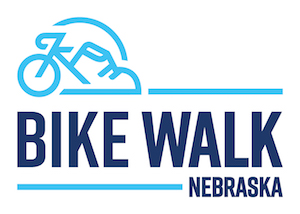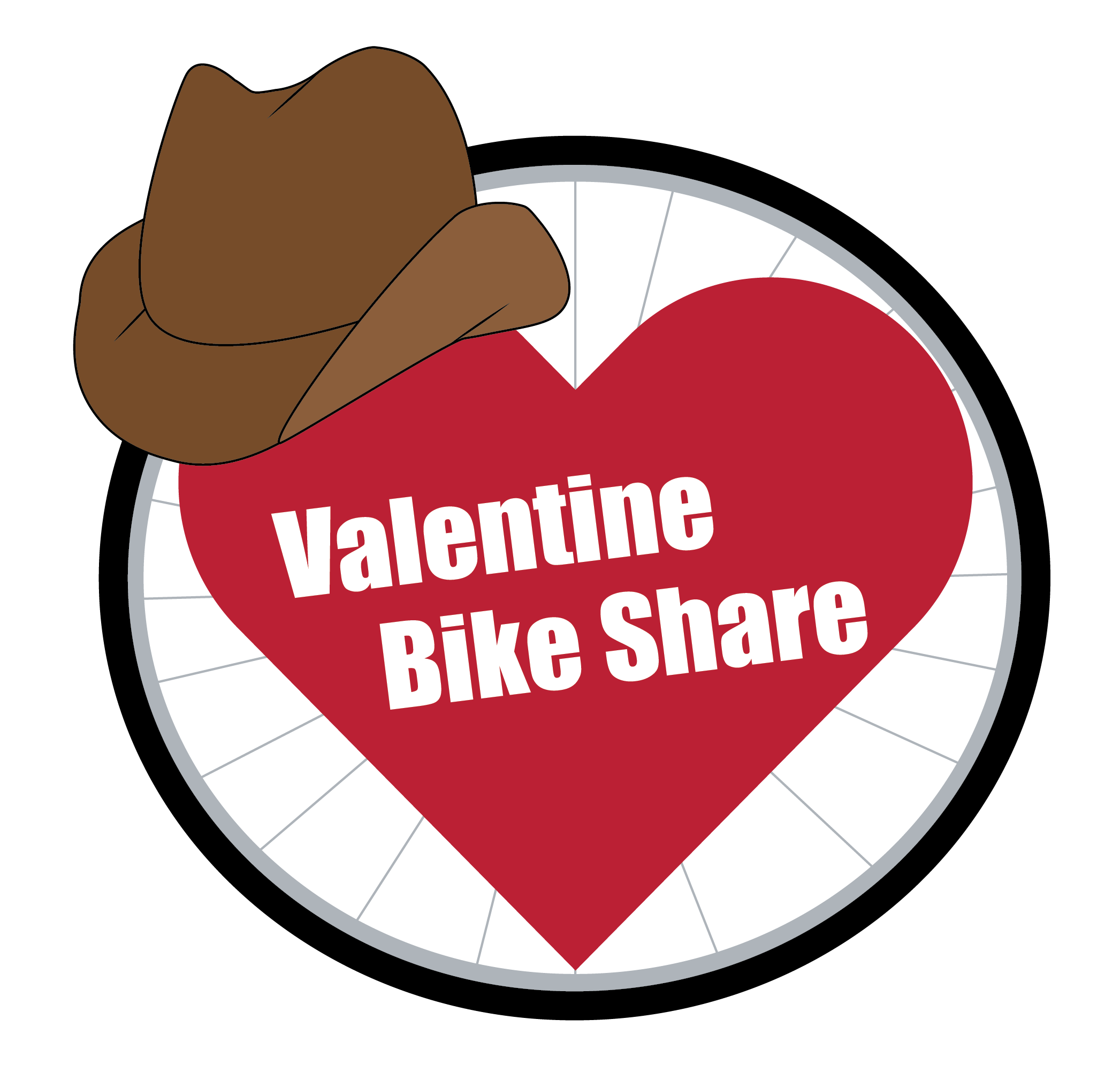
My husband and I live in a suburban neighborhood of Omaha, and we have a Sunday morning routine that involves walking to the coffee shop, just over a mile away. We’ve done this enough times that my grumbling about the frustrating suburban street design issues we encounter each Sunday has been reduced to mild head shaking. I figured someone else should share in my frustrations. Lucky you!
Our route requires us to cross West Maple Road. In our location, this involves crossing six lanes of traffic after traipsing through the dirt/mud/wet weeds at the corner to push the pedestrian beg button that will keep the light green long enough for us to cross the wide distance.
Why are we in the dirt? Because West Maple Road is technically a state highway and the state controls the right of way, which extends about 145 feet past the edge of the road in this case. They didn’t build a connection to the sidewalk that picks up where their right of way ends. On the other side of the street, the private land owners (a church, a residence and an apartment complex) were not require to add sidewalks to the edge of their developments when they built. (This was before Omaha adopted their Complete Streets policy and theoretically should not be allowed to happen now.)
At any rate, because we are physically able, we are able to maneuver to push the button, hustle across the road in the time allotted, walk carefully in the street for a bit and then maneuver over the curb and back up onto the sidewalk where it picks up. I can’t imagine what a differently abled person would experience trying to cross at this location, but I have to assume it would be fairly terrifying, if not impossible.
This is a terrible and obvious problem that one could see by looking at an aerial map of the intersection. What the aerial map of the extended area would not show is the other safety problem with the sidewalks in our suburban neighborhood: the lateral grade, or what I, the NonEngineer, call it: the side to side slope.
There are several portions of our route to the coffee shop that we choose to walk in the street rather on the sidewalk. Why are we in the street? Because the sidewalks slope towards the street so much that it is physically uncomfortable for our otherwise able bodies to walk. The city standard I found dated 2019 (subsequent to the neighborhood construction) says, “Any location designated as 1.5% slope shall at all times be less than 2% maximum as constructed.”
Now, I don’t have a way to measure the slope of the sidewalks in this neighborhood, but I can tell you this: I’m not sure a person headed down the hill in a wheel chair wouldn’t tip over sideways. For me, the able bodied person with two legs of the same length, it doesn’t pass the “I might need to see a chiropractor after this” test.
Our infrastructure needs to be safe for ALL users, not just the nimble and able bodied ones, and certainly not just the suburban ones. Sometimes the issues are obvious (intersection design) and sometimes they are not (sidewalk slope/grade issues), and this why Bike Walk Nebraska’s work is so important. We are behind the scenes advocating for policy and standard changes so that these issues don’t happen in the first place. If you’d like to support the work we do, we invite you to become a member or make a donation, both of which can be done easily at our website. We would surely appreciate it if you did!










